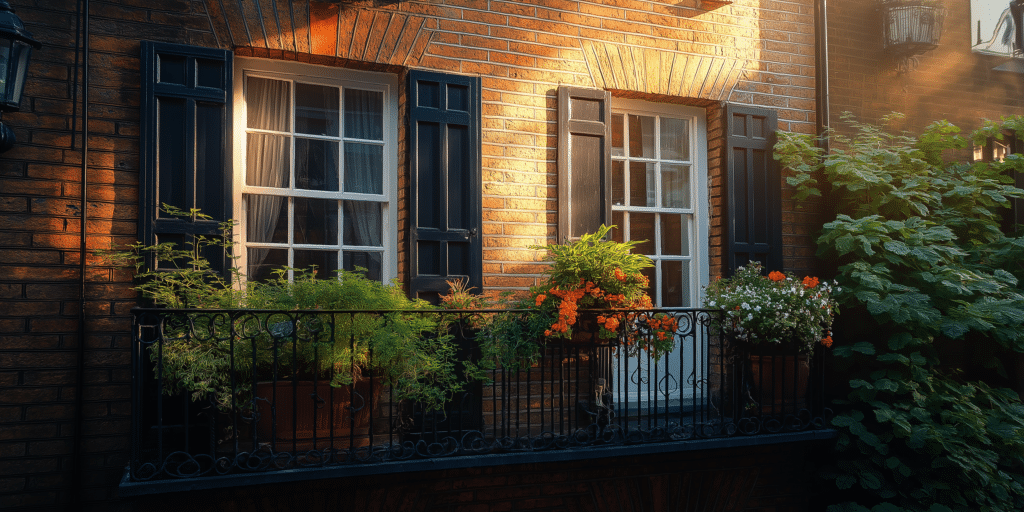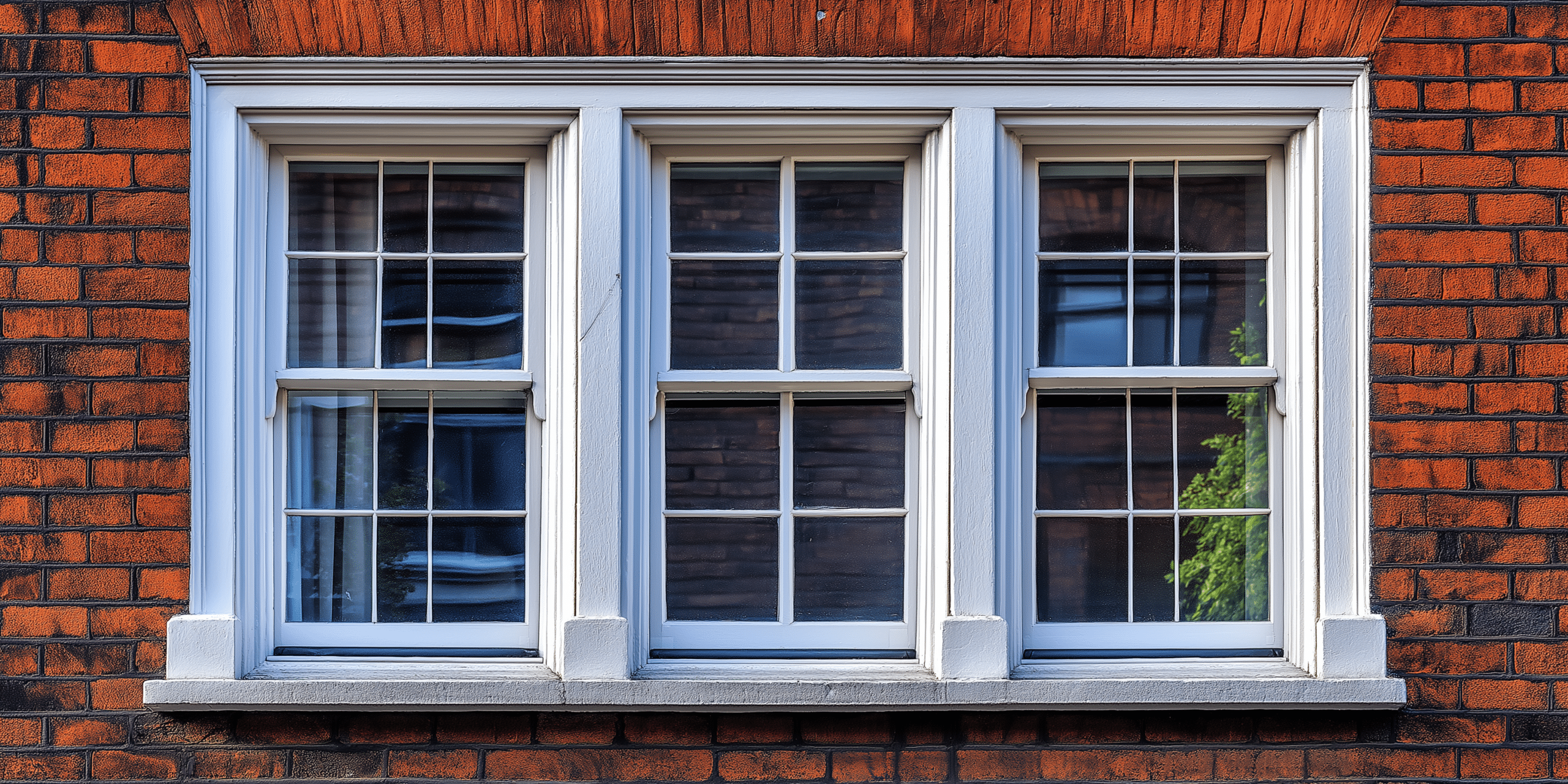Introduction to Sash Window Beading

Sash window beading is critical to maintaining traditional and modern sash windows’ structural integrity and aesthetic appeal. Beading is a narrow strip, usually crafted from wood or uPVC, that secures the glass within the sash, creating a tight, weatherproof seal. This seemingly simple feature contributes significantly to thermal insulation, durability, and the preservation of historical aesthetics.
Expert restorers highlight its essential role in providing thermal insulation and moisture protection, ensuring a well-sealed window that prevents draughts and energy loss. A seasoned sash window installer advises, “Properly installed beading helps to prevent moisture penetration and air leaks, ultimately enhancing the window’s thermal performance. Understanding when to replace or install new beading can significantly affect performance and preservation for property owners and restorers.
Understanding Sash Window Beading Types and Styles
The choice of beading style plays a key role in maintaining or enhancing the aesthetic of sash windows. Classic styles, such as Georgian sash windows, often feature slender, decorative beading, while more modern ones may use minimalistic profiles. Each style uniquely contributes to the window’s appearance, impacting aesthetics and function.
Materials are equally crucial in beading performance. Timber beading, while traditional, requires regular maintenance to avoid rot. In contrast, uPVC and aluminium beading offer improved resistance to moisture and temperature fluctuations, with the latter being praised for its modern, sleek appearance. One restoration expert advises that “using high-quality hardwoods or uPVC can significantly extend the lifespan of the beading,” making these materials excellent choices in certain climates.
Step-by-Step Guide to Beading Installation
A successful beading installation involves several carefully executed steps, from preparing the frame and applying adhesive to fitting the beading precisely. Proper installation enhances the window’s appearance and ensures its functionality and longevity. Ensuring perfect alignment of the bead before securing it is crucial for achieving a tight seal and avoiding gaps. This precision is vital, especially in older windows where alignment issues can lead to air leaks.
Using the right tools is essential to achieve a seamless fit. Tools such as a putty knife, tape measure, mitre saw, and beading hammer aid in positioning and securing the beading, contributing to a flush, durable fit that enhances insulation. Furthermore, experienced craftsmen emphasise the importance of final inspections to ensure no visible gaps are left, a process that prevents future weatherproofing issues.
Pro Tips for Accurate Beading Measurement

Measuring for beading installation is one of the most critical steps to achieve a snug, seamless fit. Proper measurements accommodate the sash’s dimensions and glass thickness, enhancing the window’s efficiency. Incorrect measurements can result in loose beading or gaps, which compromise insulation. For custom or arched sash windows, flexible beading options allow for a tailored fit that maintains the aesthetic integrity of unique window shapes.
Additionally, avoiding common measurement mistakes, like neglecting to account for sash movement, is essential for creating a tight seal. Such precision enhances the window’s weatherproofing capability and increases energy efficiency by preventing air and moisture infiltration.
Installing Sash Beading for Different Window Materials
Each beading material presents unique installation challenges and benefits. Wooden beading, for example, demands careful handling to avoid splitting, while uPVC is flexible but may warp under extreme temperatures. Aluminium requires specific adhesives to secure a firm attachment. Less flexible materials like aluminium demand precise cuts and placements, whereas uPVC allows for slight adjustments, making it ideal for irregular window shapes.
Choosing the right installation method based on material flexibility ensures durability and weather resistance. Consulting a professional can ensure that all factors, such as sash alignment and material stability, are properly addressed for larger windows or historical properties.
Weatherproofing with Sash Window Beading
Weatherproofing is a primary function of well-installed sash window beading. The beading’s seal prevents moisture, draughts, and thermal bridging, especially when paired with durable materials like treated wood or aluminium. A weather-resistant adhesive applied during installation strengthens the seal, protecting against moisture and air leaks.
Testing the weatherproofing capability after installation can reveal any remaining vulnerabilities. Properly weatherproofed sash windows should show no signs of condensation or air leaks, maintaining a comfortable and energy-efficient indoor environment.
Troubleshooting Common Beading Installation Issues

Loose or uneven beading, gaps, or cracking often result from improper measurement or inadequate adhesive application. Addressing these issues early can prevent larger complications. For misalignment, an experienced craftsman recommends re-aligning the beading by loosening and repositioning, ensuring each section is flush against the sash for a polished appearance.
Another common consideration is when to repair versus replace damaged beading. Minor cracks may be filled and sealed, but extensive warping or rot typically requires full replacement to restore functionality and appearance.
Maintenance Tips for Long-Lasting Beading
Regular cleaning and maintenance extend the lifespan of sash window beading, especially for wood, which can deteriorate without routine care. Experts recommend using a soft cloth and mild, non-abrasive cleaner to avoid degradation. One professional notes, “A quick seasonal inspection can catch minor wear before it becomes a major issue”.
Protecting the finish with UV-resistant sealants and weatherproof paint helps maintain the appearance and integrity of wooden beading. At the same time, periodic polishing may benefit uPVC and prevent discolouration and brittleness over time.
Cost Considerations for Sash Window Beading
The cost of sash window beading installation varies widely depending on the material, window size, and style. Wood and custom profiles tend to be at the higher end, with prices starting around £50 to £100 per metre. Customisation, material choice, and installation complexity further impact the cost.
While high-quality beading may come with a steeper price tag, it offers long-term benefits in improved insulation, reducing heating and cooling expenses over time. Investing in durable, well-fitted beading can lower energy costs and add to the property’s value, making it a worthwhile investment.
The Importance of Professional Installation

Hiring a professional installer can be beneficial, particularly for complex window shapes or materials requiring precise alignment and sealing. Professionals bring expertise that prevents common DIY errors, such as misalignment or uneven adhesive application. A professional ensures a flush fit, thorough sealing, and proper alignment, resulting in a practical and visually appealing installation.
When choosing a professional, look for certified installers with experience in sash window restoration and a portfolio showcasing previous work. Customer reviews can provide insights into the quality of work, helping to select a trustworthy service provider for high-quality beading installation.
Conclusion: Final Thoughts on Sash Window Beading
Sash window beading, though a minor component, plays a crucial role in the longevity, functionality, and appearance of sash windows. High-quality, well-installed beading preserves the window’s structural integrity and enhances thermal performance and weather resistance. Investing in proper beading is investing in the window’s future, as it reduces maintenance needs, improves energy efficiency, and adds value to the property.
With regular maintenance and seasonal inspections, sash window beading can last many years, maintaining the window’s performance and appearance. For property owners and restorers, prioritising




